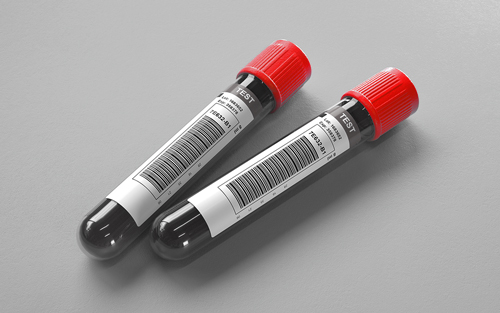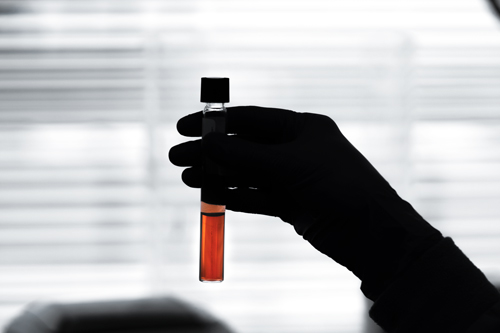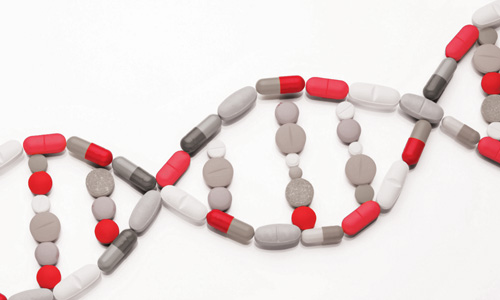Tetrahydrocannabinol (THC) Metabolite, Umbilical Cord Tissue, Qualitative
Ordering Recommendation
Use to detect and document fetal exposure to THC during approximately the last trimester of a full-term pregnancy. For panel testing that includes THC metabolite, refer to Drug Detection Panel and THC Metabolite, Umbilical Cord Tissue, Qualitative (3006371).
This test does not distinguish between the delta-8 and delta-9 forms of THC or their metabolites.
New York DOH Approval Status
Specimen Required
Umbilical cord (At least 8 inches, approximately the width of a sheet of paper.)
Drain and discard any blood. Rinse the exterior of the cord segment with normal saline or water. Pat the cord dry and transport at least 8 inches of umbilical cord in a routine urine collection cup or Security Kit for Meconium/Umbilical Drug Detection (ARUP supply #51548) available online through eSupply using ARUP Connect™ or by contacting ARUP Client Services at 800-522-2787. (Min: 6 inches)
Refrigerated.
Cords soaking in blood or other fluid. Formalin fixed. Tissue that is obviously decomposed.
Ambient: 1 week; Refrigerated: 3 weeks; Frozen: 1 year
Methodology
Qualitative Liquid Chromatography-Tandem Mass Spectrometry
Performed
Sun-Sat
Reported
1-3 days
Reference Interval
Interpretive Data
Positive cutoff: 0.2 ng/g
Methodology: Mass spectrometry
This test is designed to detect and document exposure that occurred during approximately the last trimester of a full term pregnancy, to a common metabolite of THC (which may be present in cannabis products). Alternative testing is available to detect other drug exposures. The pattern and frequency of drug(s) used by the mother cannot be determined by this test. A negative result does not exclude the possibility that a mother used drugs during pregnancy. Detection of drugs in umbilical cord tissue depends on extent of maternal drug use, as well as drug stability, unique characteristics of drug deposition in umbilical cord tissue, and the performance of the analytical method. Drugs administered during labor and delivery may be detected. Detection of drugs in umbilical cord tissue does not insinuate impairment and may not affect outcomes for the infant. Interpretive questions should be directed to the laboratory.
This test does not distinguish between the delta-8 and delta-9 forms of THC or their metabolites. For medical purposes only; not valid for forensic use.
Laboratory Developed Test (LDT)
Note
Absolute Minimum: 6 inches.
Hotline History
Hotline History
CPT Codes
80349 (Alt code: G0480)
Components
| Component Test Code* | Component Chart Name | LOINC |
|---|---|---|
| 3000257 | Carboxy-THC, Cord | 61063-4 |
















